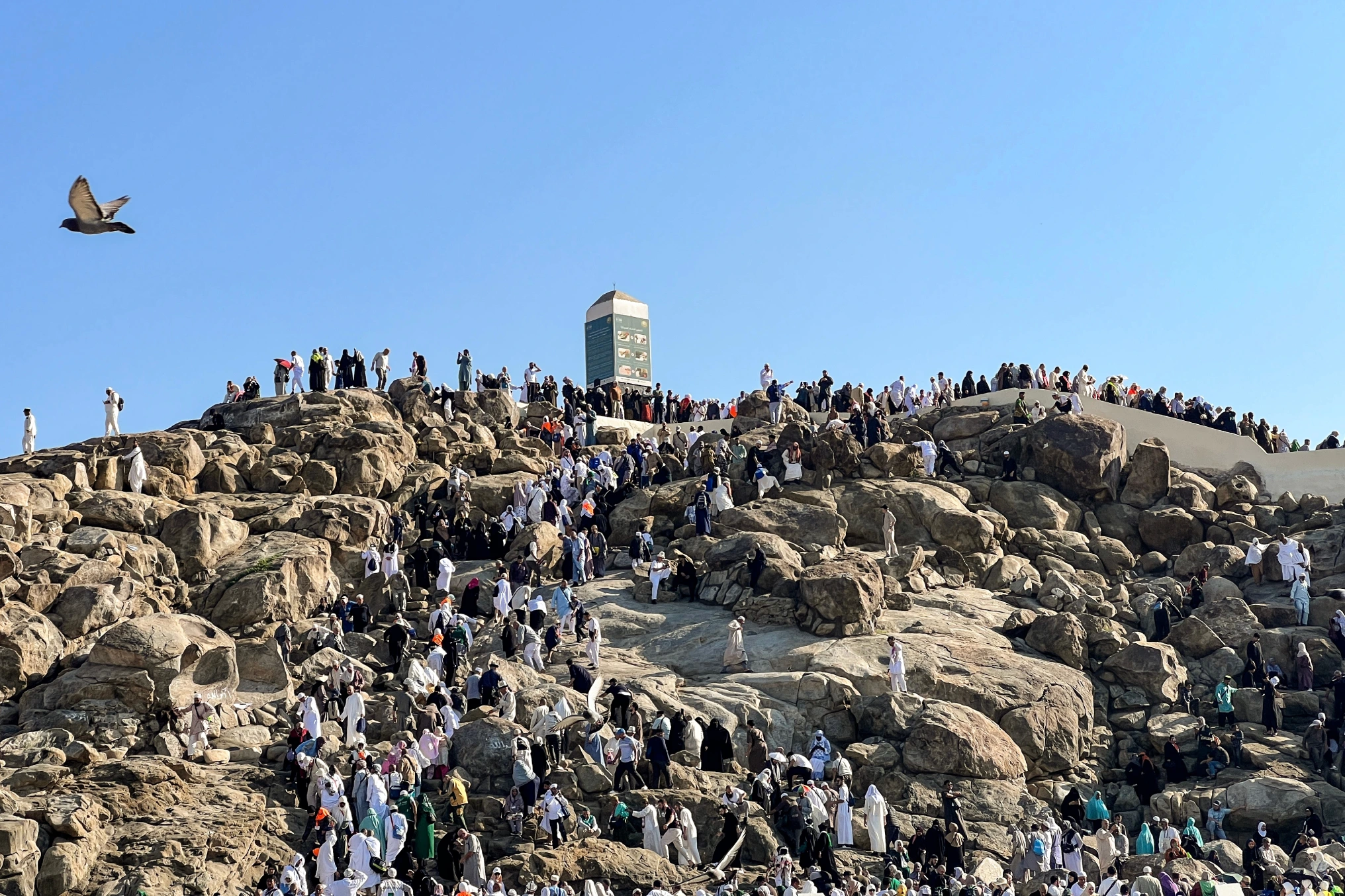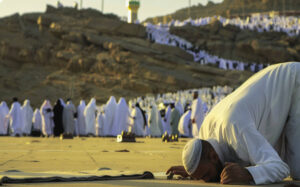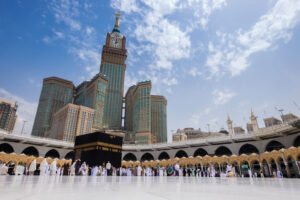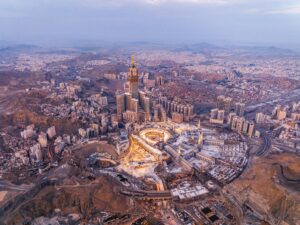Hajj is a religious journey undertaken by Muslims to Mecca. It is performed in the month of Dhu al-Hijjah every year, which is the twelfth month of the Islamic lunar calendar. The rituals of Hajj begin on the 8th day of Dhu al-Hijjah and continue until the 13th day. Hajj is one of the five pillars of Islam and is obligatory for every adult Muslim who is physically and financially capable, at least once in their lifetime.
Preparation for Hajj starts with sincere repentance and renewing the intention for Allah (SWT). It is essential for the pilgrim to avoid sins and distractions and leave behind worldly concerns, focusing entirely on the sacred journey. This spiritual journey is likened to striving in the path of Allah (SWT), and the pilgrim must be patient if they face any difficulties on the way. Hajj begins with Ihram, the first pillar of Hajj, where the pilgrim assumes a state of consecration at the Miqat – the designated places for entering the state of Ihram. Each direction towards the holy sanctuary has its specific Miqat, where pilgrims must enter the state of Ihram. It is not permissible for those intending to perform Hajj to pass these points without being in a state of Ihram.
Sequence of Hajj Rituals: Pillars, Obligations, and Sunnah
Hajj is a comprehensive religious experience that includes pillars, obligations, and Sunnah, expressing monotheism, sacrifice, and obedience to Allah (SWT). Hajj consists of several sequential stages, beginning with Ihram and ending with the Farewell Tawaf, encompassing religious acts that signify the pilgrim’s spirituality and closeness to Allah (SWT).
Pillars of Hajj
- Ihram: The pilgrim starts their journey by wearing the Ihram garments, white clothes symbolizing purity and humility, indicating entry into a sacred state.
- Tawaf: The pilgrim circumambulates the Kaaba seven times, symbolizing unity and closeness to Allah (SWT).
- Sa’i between Safa and Marwah: Following the Tawaf, the pilgrim walks seven times between the hills of Safa and Marwah, representing reliance and seeking the mercy of Allah (SWT).
- Standing at Arafat: On the Day of Arafah, the pilgrim stands at Arafat, expressing response to Allah’s (SWT) call, praying, and seeking forgiveness.
Obligations in Hajj
- Standing at Muzdalifah: After Arafat, the pilgrim moves to Muzdalifah and spends the night there, preparing for the stoning of the Jamarat.
- Staying at Mina: The pilgrim stays in Mina during the days of Tashreeq, where it is recommended to remain overnight.
- Farewell Tawaf: The pilgrim concludes their rituals with the Farewell Tawaf around the Kaaba before leaving Mecca.
- Stoning the Jamarat: The pilgrim throws pebbles at the three Jamarat (small, medium, and large) during the days of Tashreeq, symbolizing rejection of Satan and combating evil.
Sunnah in Hajj
- Tawaf al-Qudum: It is recommended for the pilgrim to perform Tawaf al-Qudum upon entering Mecca.
- Going to Mina on the 8th of Dhu al-Hijjah: It is Sunnah for the pilgrim to go to Mina on this day in preparation for standing at Arafat.
Historical Origins of Hajj Rituals
The history of Hajj extends through the ages, where religious traditions combined with historical events to form a fundamental aspect of Islamic life. The rituals of Hajj began with Allah’s (SWT) command to Prophet Ibrahim (AS) to build the Kaaba and establish the religious significance of Mecca. This was accompanied by gatherings of tribes and travelers, making the pilgrimage a complex security and commercial challenge. During the medieval period, Mecca and major cities like Basra, Damascus, and Cairo witnessed massive assemblies of pilgrims, with caravans comprising tens of thousands of Muslims. These spiritual and commercial journeys provided opportunities for pilgrims and traders to spread the faith and enhance trade throughout the region, significantly impacting the economic and social history of the time.
After the conquest of Mecca in the eighth year of Hijra, Prophet Muhammad (PBUH) cleansed the Kaaba of all pagan idols and rededicated it to the worship of Allah (SWT) alone. In the following year, he sent Abu Bakr (RA) and 300 Muslims to perform Hajj in Mecca, where Ali ibn Abi Talib delivered a sermon outlining the new Hajj rituals and abolishing pagan practices, declaring that no idolater or naked person would be allowed near the Kaaba from the following year. In 632 CE, shortly before his death, the Prophet Muhammad (PBUH) performed his first and only Hajj, known as the Farewell Pilgrimage, teaching his followers the rites of Hajj and delivering a famous sermon at the plain of Arafat, known as the Farewell Sermon, marking a significant milestone in Islamic history.
The rituals of Hajj hold deep significance for Muslims and pilgrims, fostering spirituality, faith, and piety, and promoting true solidarity and connection among Muslims from all over the world.






